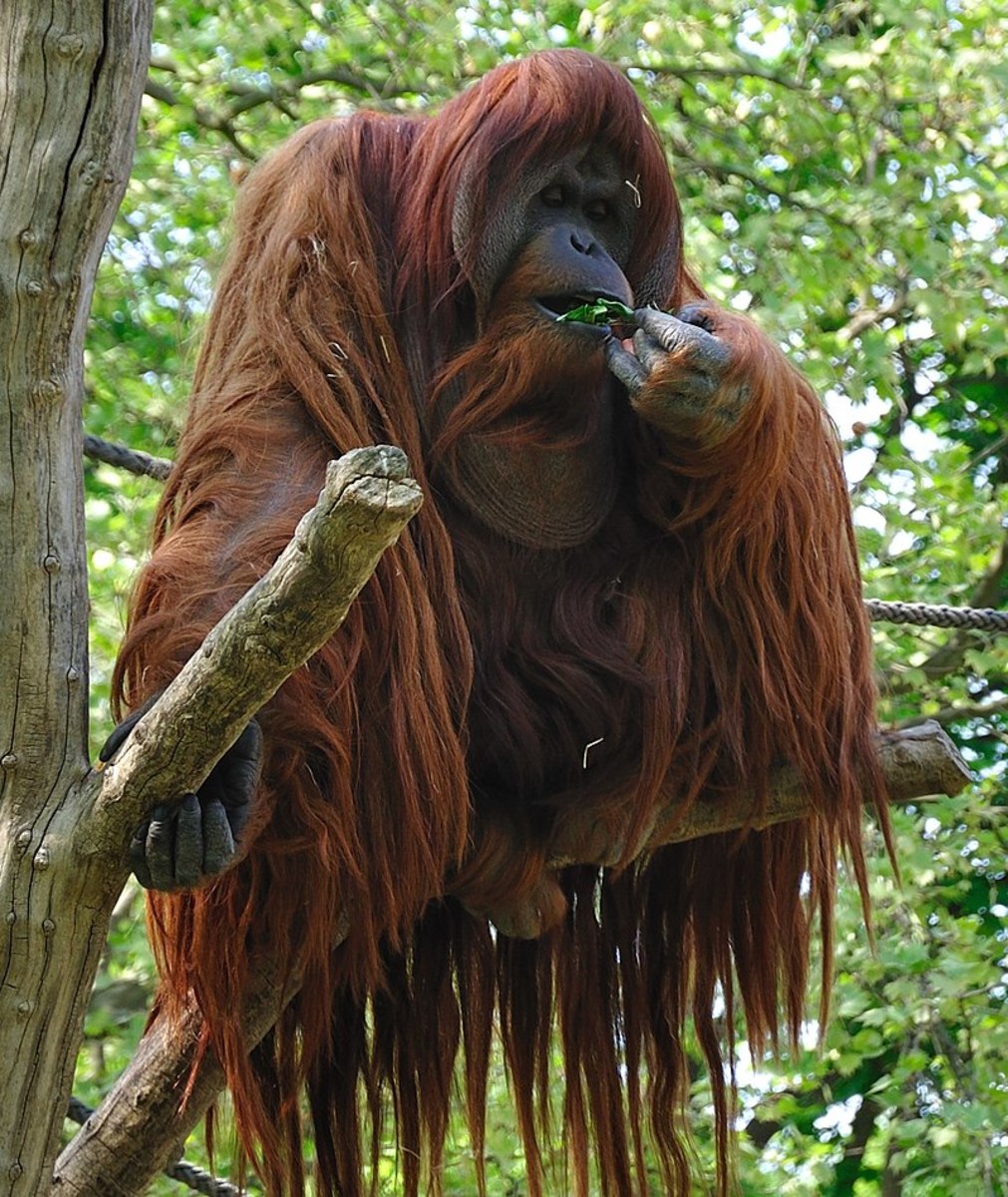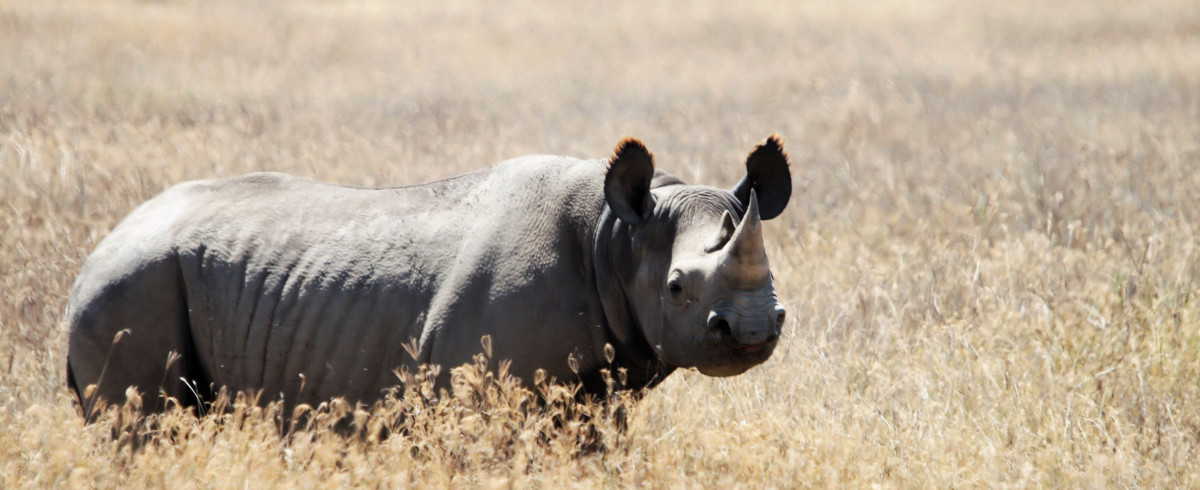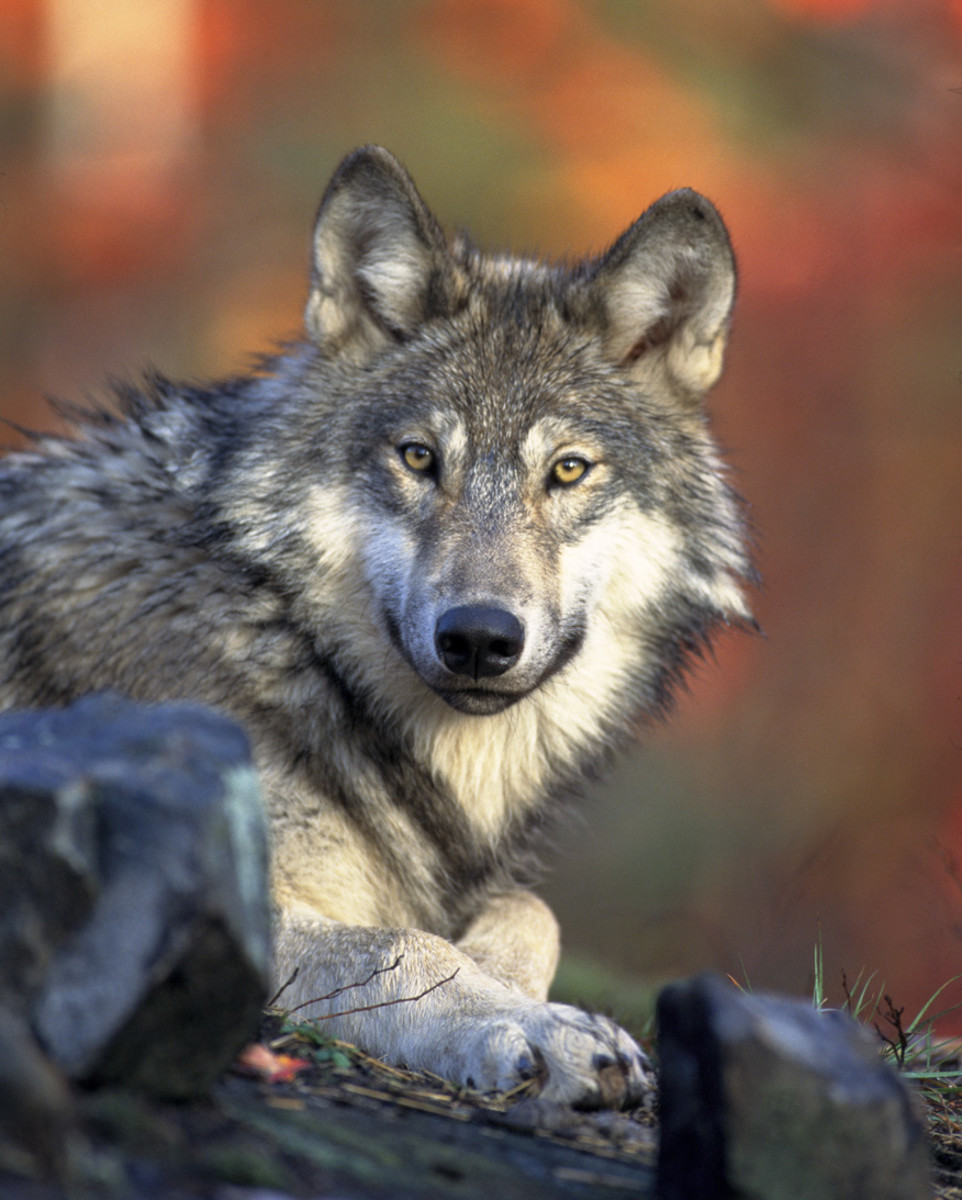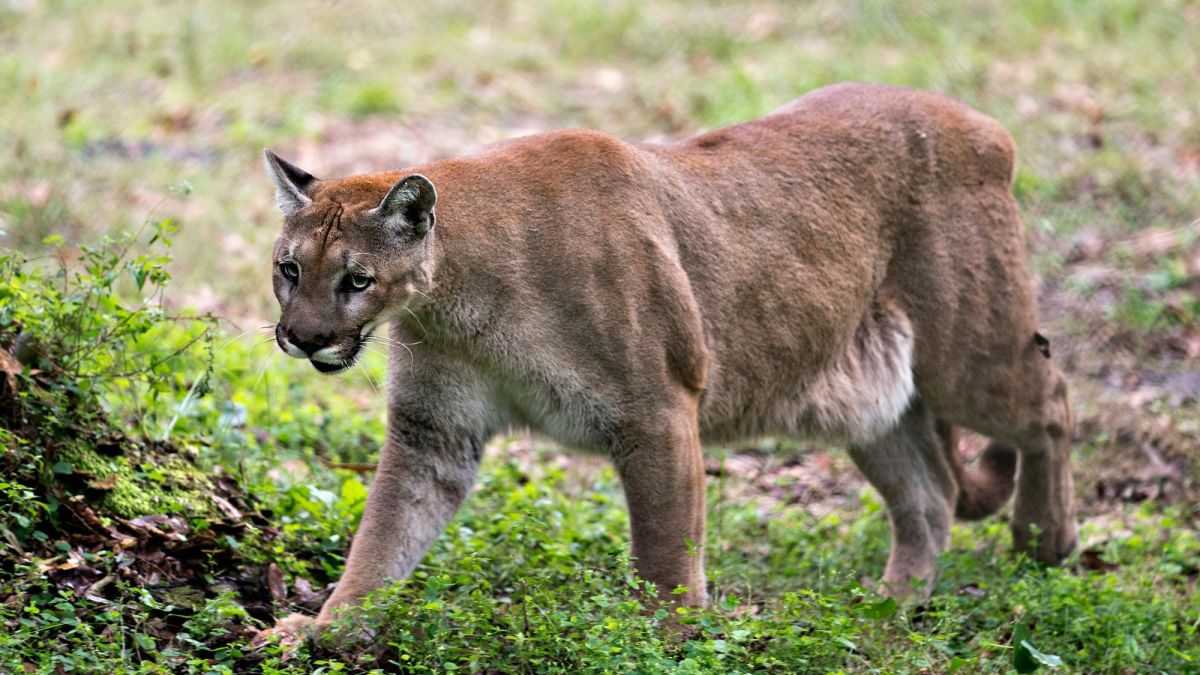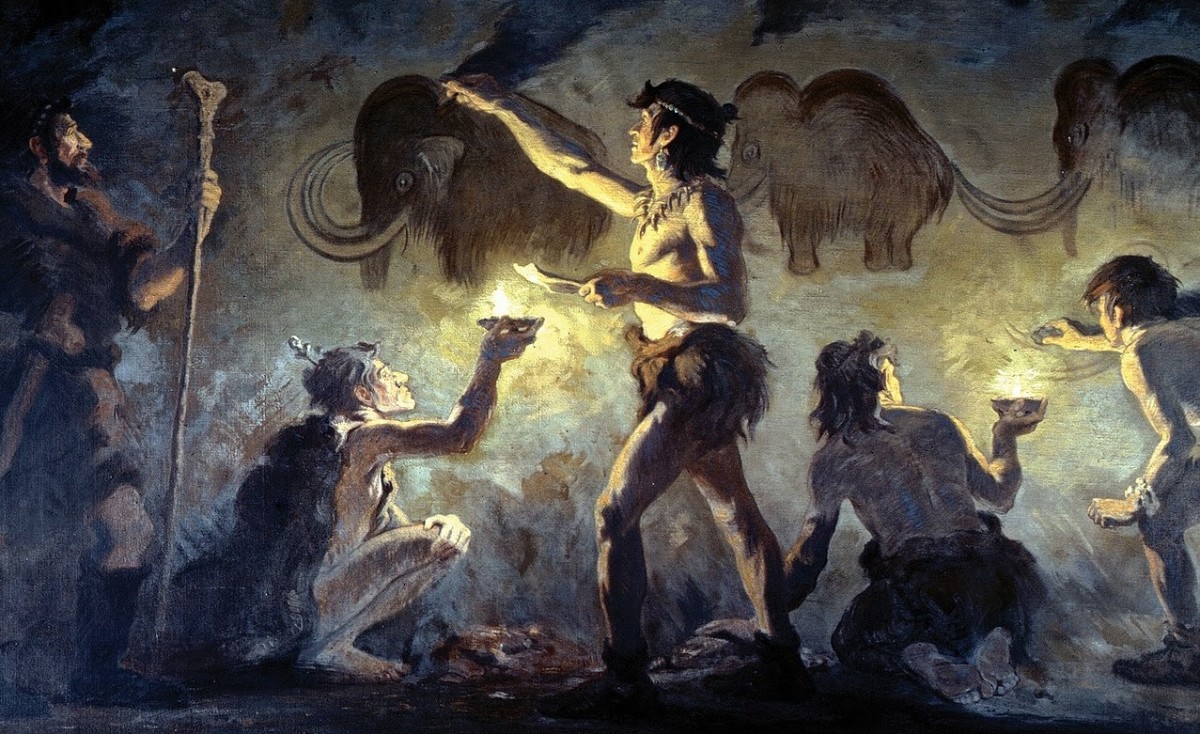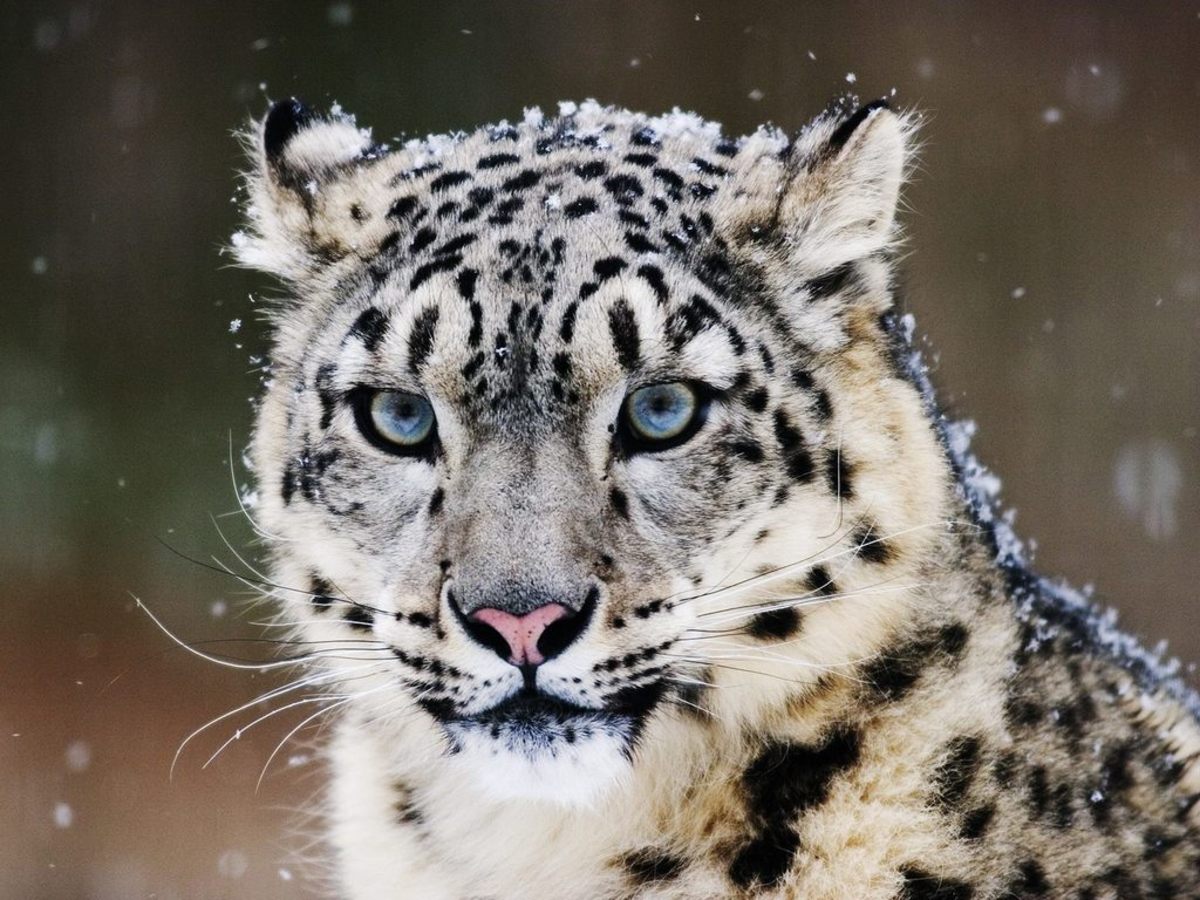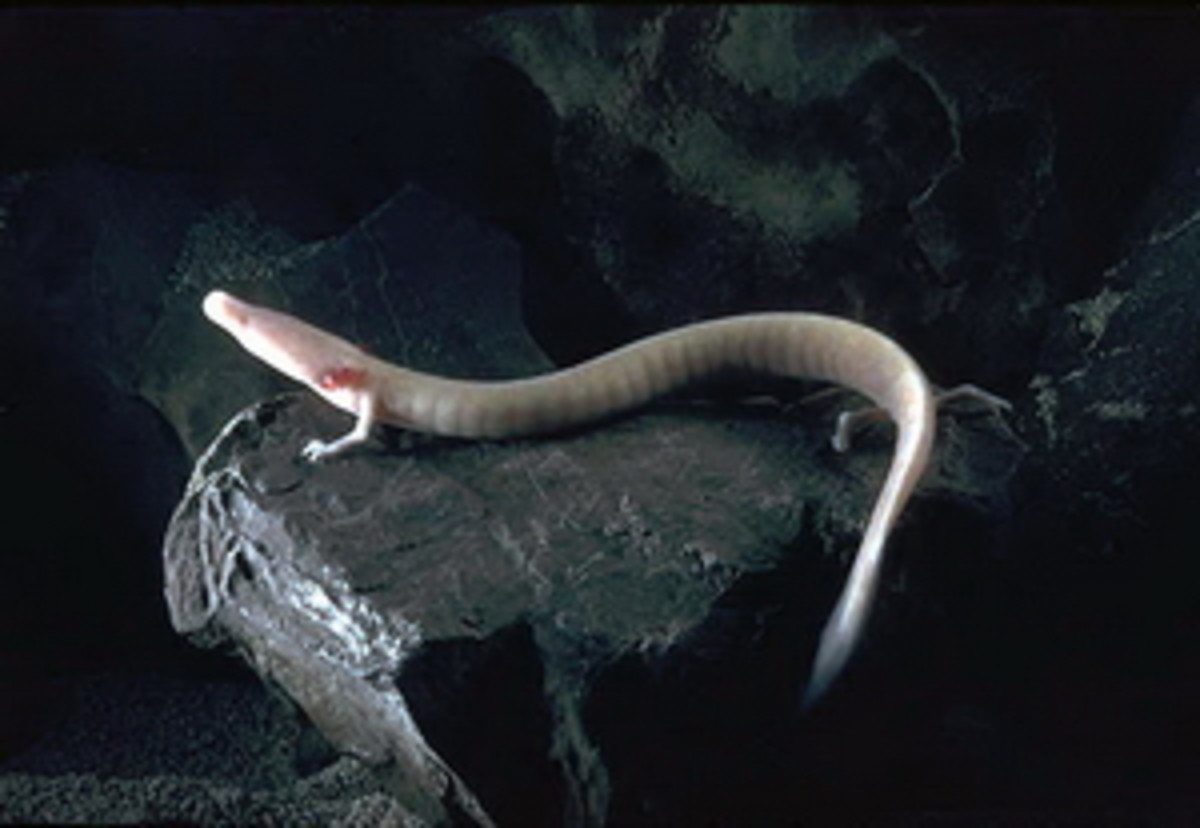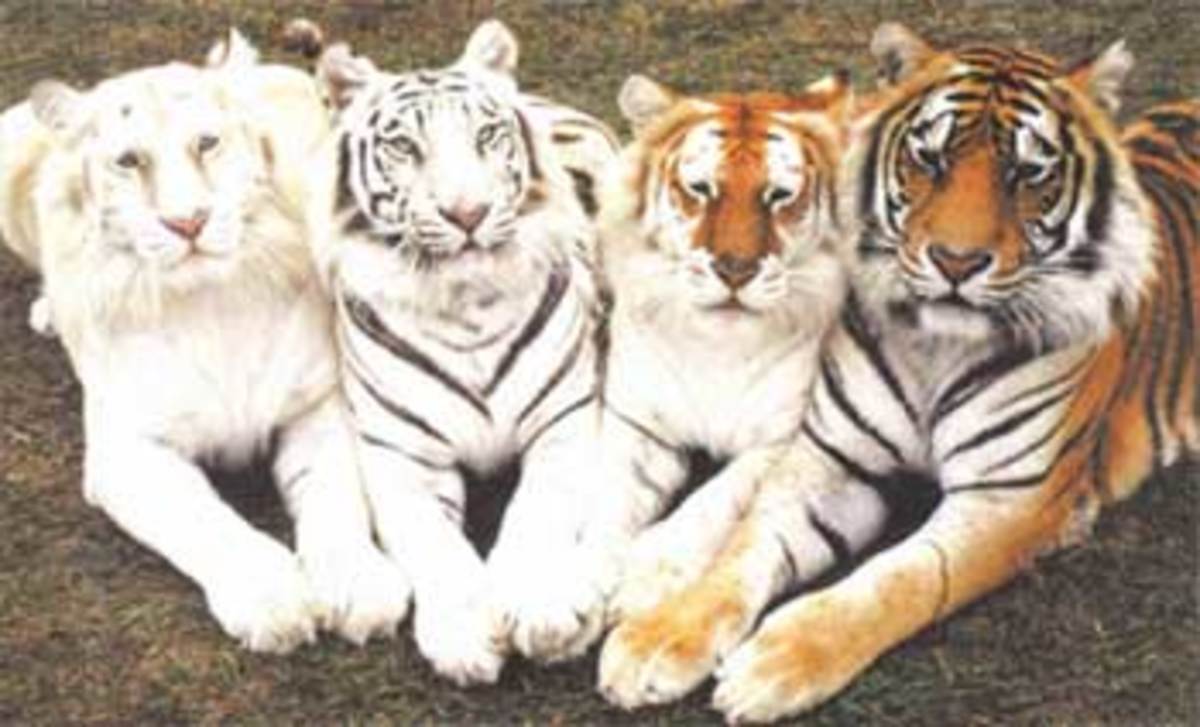- HubPages»
- Education and Science»
- Life Sciences»
- Endangered Species
The Malayan Tiger and a few other Malayan Mammals
Baby Malayan Tapir
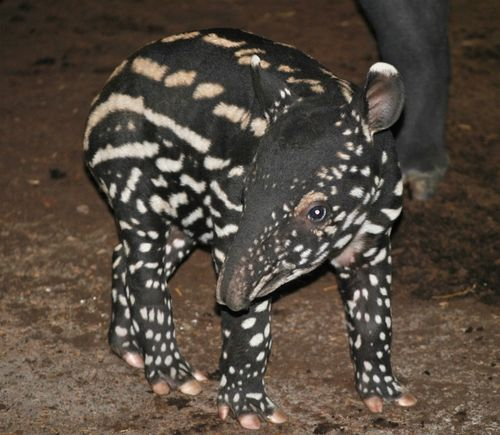
Malayan Tiger
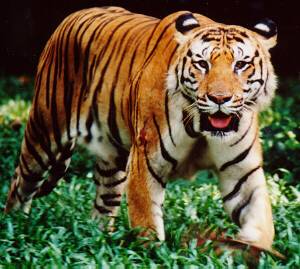
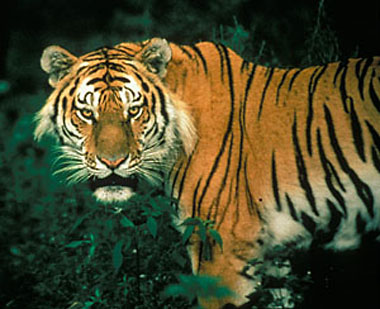
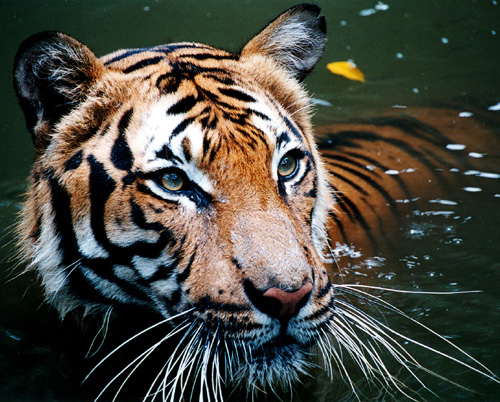
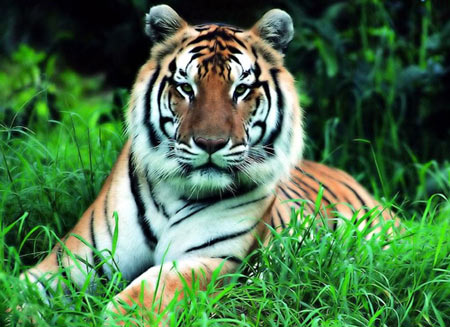
The Malayan Tiger(Panthera tigris jacksoni)
This striking look big cat is the smallest species of Tiger, and although not the lowest in numbers is still considered Endangered.
Their habitats are the less dense woodlands and forests of the Malaya, but unfortunatley these have become increasingly fragmented over the years due to development projects and agriculture. Because Tigers need a large range to hunt and breed (around1000square kilometres per six breeding females), the chances of them meeting up with males during the mating season are becoming less. However mating does take place and after a gestation period of 3-4 months a litter of up to 5 cubs arrives. These will feed solely on milk for the first 2 months and until around 18 months of age will be dependant on mother for meat. It is during this period that she will teach them to hunt so they can then become independent.
They are an extremely important part of the ecosystem because they keep Wild Boar numbers down, this mammal being part of their diet which also includes sambar deer, barking deer, Bornean bearded pigs and senow. The Wild Boar are proving to be a real and serious pest for both farmers and plantation owners.
There are only 600-800 Malayan Tigers left in the wild, and although as said previously they are not the most threatened of the Tigers their numbers are declining.
Apart from habitat loss there is also commercial poaching of these magnificent animals. This is for Tiger parts used in medicine, their pelts, but also in Malaysia in recent years there has grown up a large domestic market for Tiger meat. This is despite the fact that there is both an International and Domestic trade ban.
Malayan Tapir

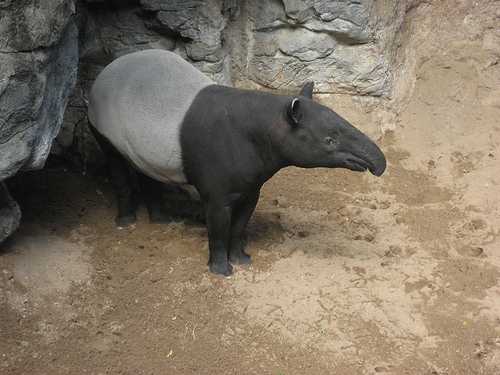
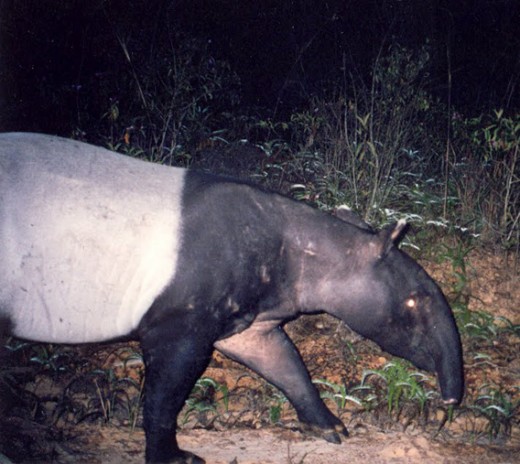
Malayan Tapir(Tapirus indicus)
The Malayan Tapir is a pig-like animal with a short snout who closest relatives are horses and rhinos. Their name in the Malay language is"cipan", "temuk", or "badak tampong". They are the largest of all Tapirs and only 1 of 4 of their species that exists in Malaya. However all are classified as Endangered.
Their markings are used as camouflage and they are a light colored patch which runs from shoulder to their rear with the rest of the body and head black, this includes their ears but these do have a white rim. They are around 6-8 feet in length with the female being the larger animal. They do not have good eyesight, but this is compensated for by very acute hearing and an excellent sense of smell.
The Tapir is a solitary animal with no real natural predators save possibly the Tiger, however if they feel threatened they can runaway swiftly, but can and will stand and defend themselves using their very strong jaws and teeth.. They like to live near water as they bathe and swim frequently and their diet consists of mainly forest resources.....berries, leaves and fruit. Although they are active at night they tend to eat in the early morning or early evening and hence are considered Crepuscular.
There is a decline in their numbers and this is due to habitat loss, flooding of the rivers by damming and hunting for their pelts and sometimes meat. Although as they are so pig-like then the meat is not a main issue.
Malayan Mouse Deer
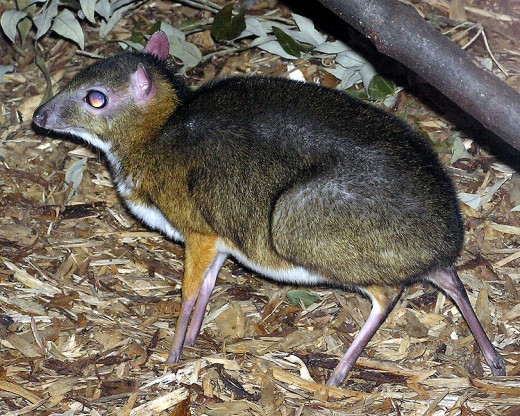
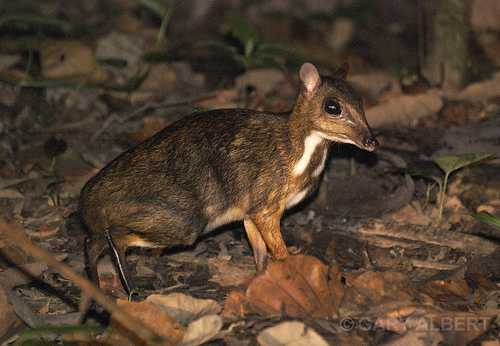
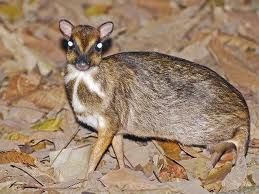
The Malayan Mouse Deer(Tragulus javanicus(LESSER) and Tragulus napu(GREATER)
These unusual looking little creatures are only found in Malaysia, Borneo and the Palawan Islands.They are ungulates and also known as Chevrotains. Ungulates are groups of animals that use their toes (hooves) to support their whole body weight whilst on the move.
Not much larger than a rabbit they grow to about 70cmin length, have large ears,pointed nose, large eyes and long slender legs which support a rather chubby body.
They are believed to be nocturnal, however sometimes they are seen showing activity in daylight hours too. The Mouse deers favoured habitat is close to water where they nest amongst thick vegetation, or in hollow trees or simply find a hidden nook amongst the rocks.
They are extremely territorial and will emit a high shriek if alarmed or disturbed. This little, unusual creature lives on a diet of buds, leaves and fruit and DOES mostly eat at night as it has to avoid its natural predators, birds of prey and large reptiles.
Although not on the endangered species list , its population is under threat because of habitat destruction and hunting. Yet again man !!
The Black Shrew

The Black Shrew(Suncus ater)
Unfortunately there is very little known about this tiny creature. Although listed as Critically endangered there is a school of thought that it may have become extinct.It has rarely been seen by humans and the accompanying photo is of the only specimen that has been sighted.
This one was recorded on Mount Kinabula, in Sabuh. And yet again it is habitat destruction that may have caused its complete demise. If there are any surviving then it is hoped they will be found soon, but they are a very solitary animal and very aggressive towards each other.....apparently.
Malayan Sun Bear
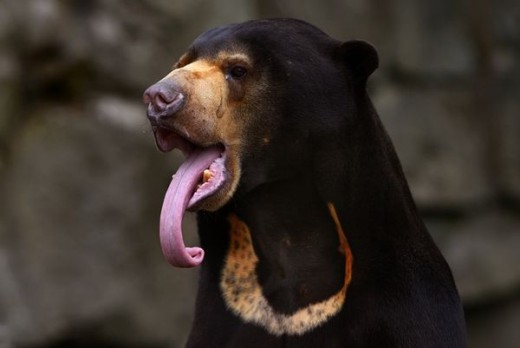
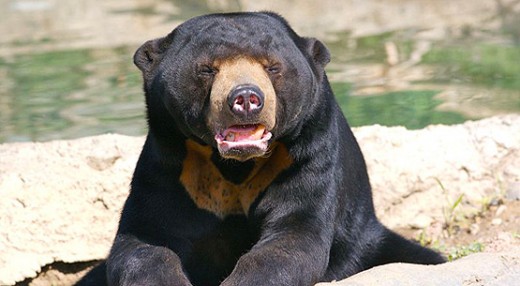
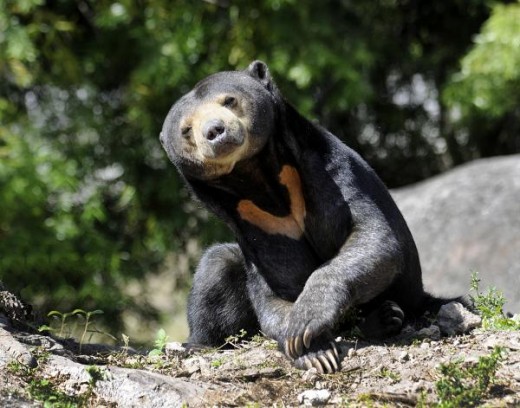
The Malayan Sun Bear, the facts and tragic truth.
Malayan Sun Bear(Ursus Malayanus)
This is the smallest bear in the world....small, beautiful but very dangerous.. It gets its name from the gold coloured crescent of fur on its chest. They have extremely long nails and are very skilled climbers. Although considered dangerous they are omnivorous and live on fruit, insects, small mammals and birds.
It is these extremely long claws that cause such damage. because of habitat loss they frequently go onto coconut, banana and cocoa plantations looking for food and thereby ruin the trees and bushes that are being cultivated there.
This happens at night as the Sun bear is nocturnal and although it has poor eyesight it is it's excellent sense of smell that leads it into trouble.
Their numbers are so endangered in the wild for a number of reasons. Definitely habitat loss is one cause, then there is the trapping and killing by the farmers and plantation owners who want to protect their livelihoods.
BUT, the greatest threat to their numbers in the wild comes from a huge demand for Sun Bear parts and products in Traditional medicine. AND , they are eaten as entrees in restaurants and in Taiwan the favoured soup is made from Sun Bear paws.
There are at least 5,000 animals in captivity, but their lives are are miserable and confined. The reason is that they are milked for their bile, and it has been proven that a captive , live bear can produce 100 times more bile that a dead wild one.
When are we as humans going to stop this exploitation and cruelty??


